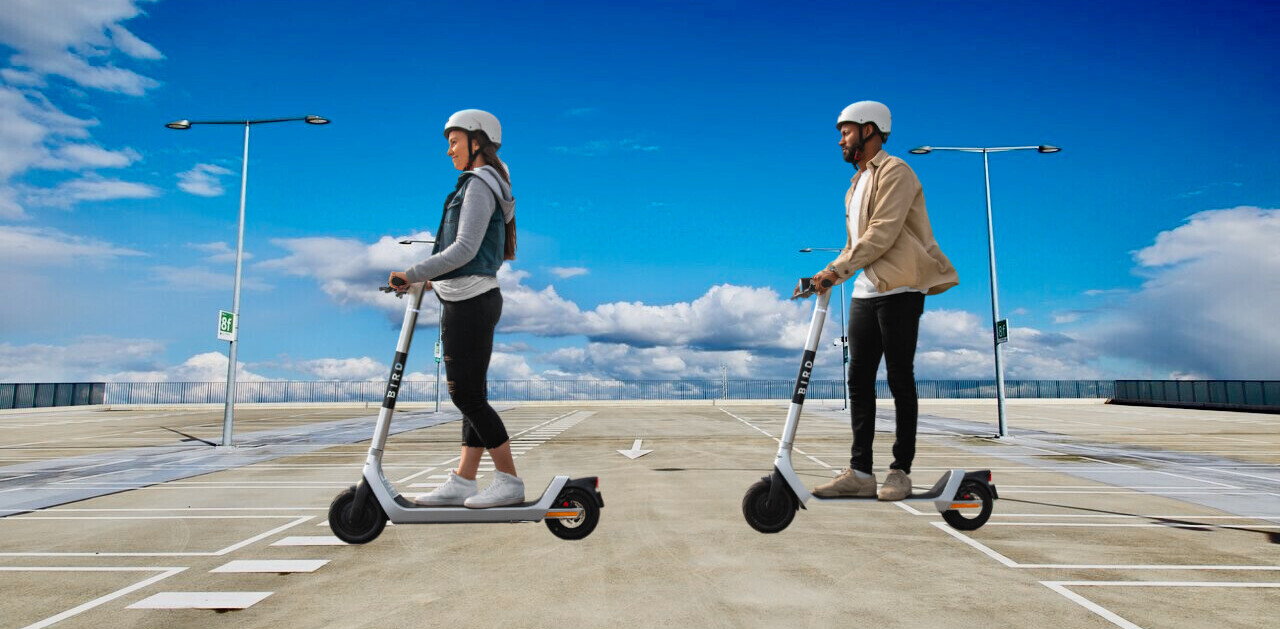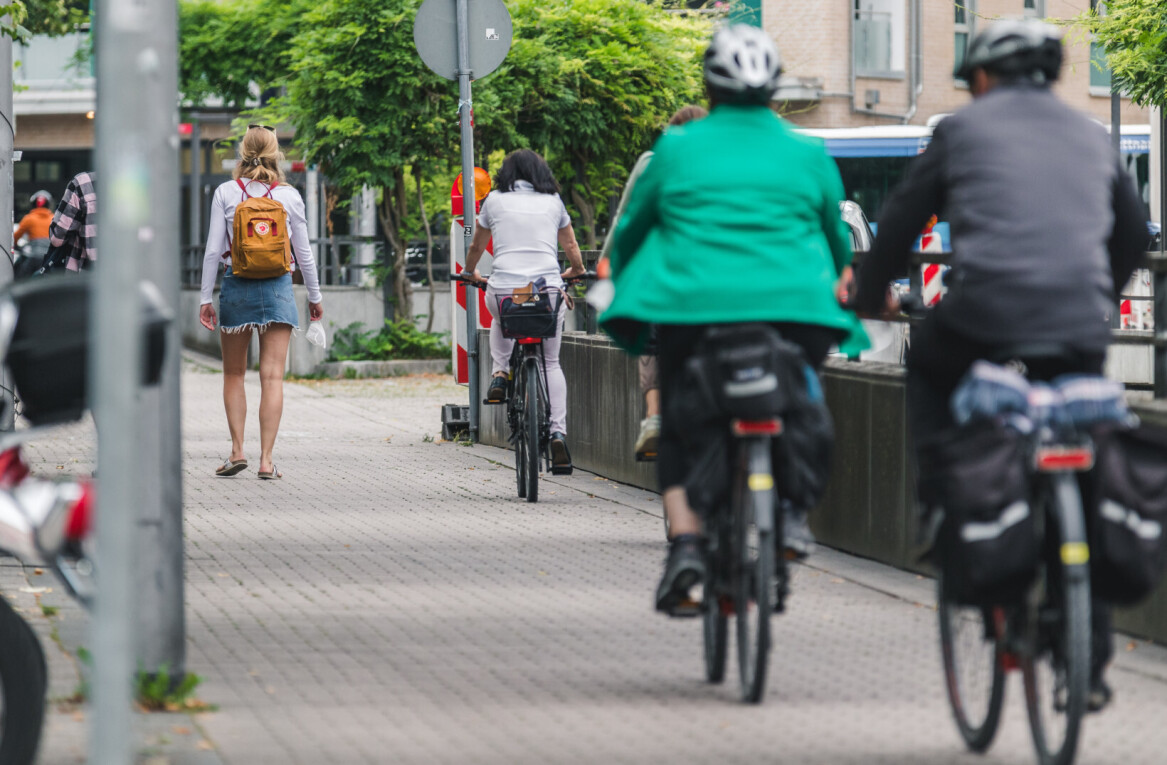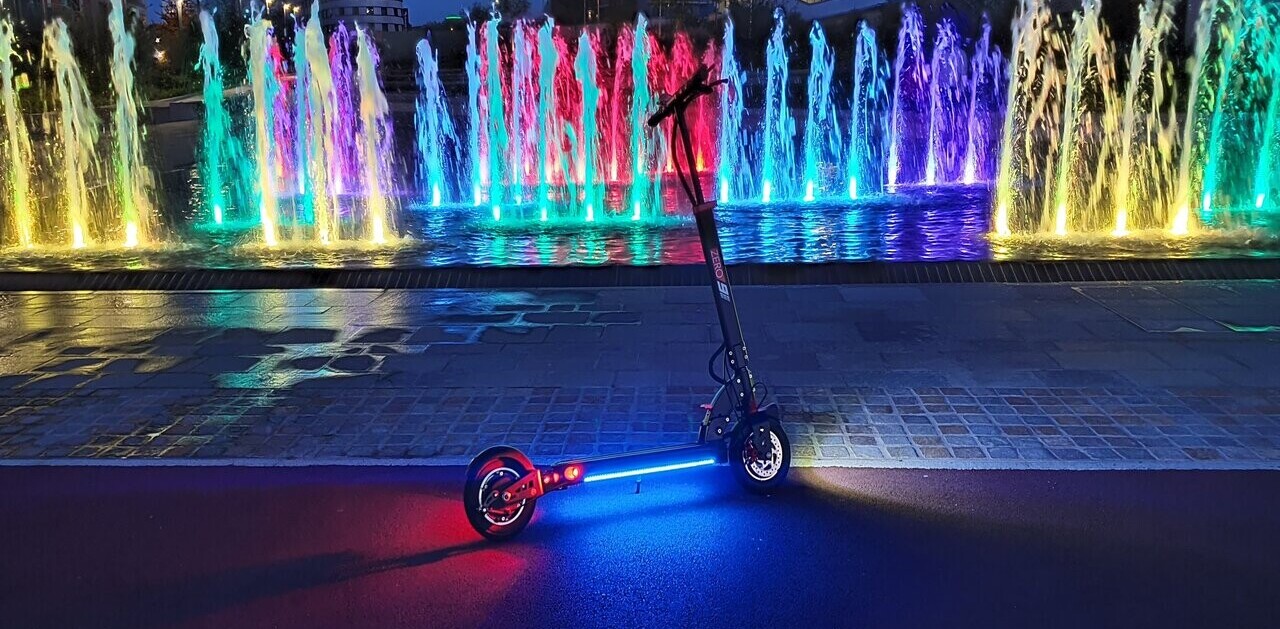
Cars are simply not built for the stresses of modern cities. From traffic to parking, it’s often more a hindrance than a boon to own a four-wheeler in urban environments.
But one company thinks its cracked the code for the perfect city vehicle: Arcimoto and its electric autocycles.
These are somewhere between a car, bike, and motorcycle.
Yesterday, Arcimoto cut the ribbon on a 250,000 square foot manufacturing facility — and launched two new vehicles in the process.
I sat down with Mark Frohnmayer, CEO and Founder of Arcimoto, to learn more about the company and its plans.
The power of a platform

Arcimoto’s key vehicle is the Fun Utility Vehicle (FUV), which retails for a mere €15,700 ($17,900) — excluding available tax credits and rebates.
It’s built on a platform the company also uses to create its other models. These are designed for use cases such as rapid response, and delivery work, with compact delivery van and flatbed truck-style vehicles available.
And this design and technology can be used by other automakers.

For example, a company called Faction is deploying Arcimoto’s technology to create the Faction D1.
This driverless vehicle system retains the FUV’s capabilities of a 120km/h (75mph) top speed and just over 160km (100 miles) of range, all while transporting up to 220kg (500 pounds) of cargo.
Faction has planned pilot customer trials for this year.
Why it’s time for an expansive micromobility sector
Most vehicle use involves two people traveling a short distance and carrying a relatively small amount of stuff in something constructed from over 1800kg of metal.
Autocycles offer an alternative.
As Frohnmayer notes, “if batteries and precious earth resources are limited,” then they should build “the lightest [and] most efficient electric vehicles” they can.
Further, Arcimoto provides an alternative to the microcar trend.
At 193cm, this is something Frohnmayer feels passionate about, as many microcars are unusable for him. “I can’t even fit in the front of the Twizy let alone the backseat,” he told us.
“The ride experience certainly doesn’t fit the “North American idea” of what driving should feel like.”
On top of this, many microcars are very low-slung, making them hard to get in and out of — and hard to see for other road users.
This isn’t a recipe for success.
So what’s it like to drive an Arcimoto vehicle?
I reached out to a community of Arcimoto users to get their take on the vehicles. They shared many thoughts about the vehicle, including the benefit of sitting at a cross-over height and seeing eye-to-eye with people walking on the sidewalk or riding bicycles.
Most stressed that you had to try it out to appreciate it, and one commented that, “you never feel as much like a rockstar as when you’re driving an Arcimoto.”
The downsides
But it’s not all smooth sailing for the Arcimoto either. It shares the same problems with weather-proofing as motorbikes, although a hard plastic half door is also available to reduce the impact.
For commercial success, the challenge is that the vehicle looks like a fun ride for weekends away and long joyrides through the beach or countryside. But it simply doesn’t have the range, or charging capacity, especially when riding uphill at high speed.
People also demand a lot from vehicles. While an autocycle looks like a fun ride for commutes or on holiday, it simply isn’t powerful enough to be an all-rounder.
In other words, it’s fine for short journeys, but it’s not gonna help you out much on a weekend trip.
On top of this, the legal status and safety requirements of autocycles differ from state to state. So, you might have a real challenge if you cross a border and suddenly need a motorcycle licence and a helmet.
It also suffers from a lack of fast charging. It’s only built for Level 1 (110V) and Level 2 (220V) charging, taking around eight and four hours to fully juice respectively.
Is the company broadening its scope too fast?
The oddest part of Arcimoto’s event was its second new vehicle reveal. Back in 2021, the company acquired Tilting Motor Works. Using that business’ expertise and technology, Arcimoto rolled out a new tilting three-wheeled, electric trike called the Mean Lean Machine.

It comes with a new pedal generator with no belt or chain. Instead, pedaling generates friction, which means you can ride it like an exercise bike that charges it while stationary. Users can also plug it in for more effortless charging. Arcimoto hopes it will develop its battery to provide a 320km (200 mile) range.
Look, this seems like a lot of fun. I mean, everyone is investing in ebikes and escooters from Porsche to Jeep — but I suspect the people waiting for their pre-ordered FUVs wish the company would focus on getting these to market first.
And we can’t escape the reality that Arcimoto’s manufacturing has been slow. It grew from a mere 47 vehicles in 2018 to a still unimpressive 300 in 2021.
Arcimoto has the lofty goal to produce 50,000 vehicles a year by 2025. Kudos for ambition, but can they achieve this in reality? I’m not sure, but I hope so.
It’ll be fascinating to see if Arcimoto achieves its plans. As our cities change, our vehicles should too — and autocycles may just be the technology to make it happen.
Get the TNW newsletter
Get the most important tech news in your inbox each week.




